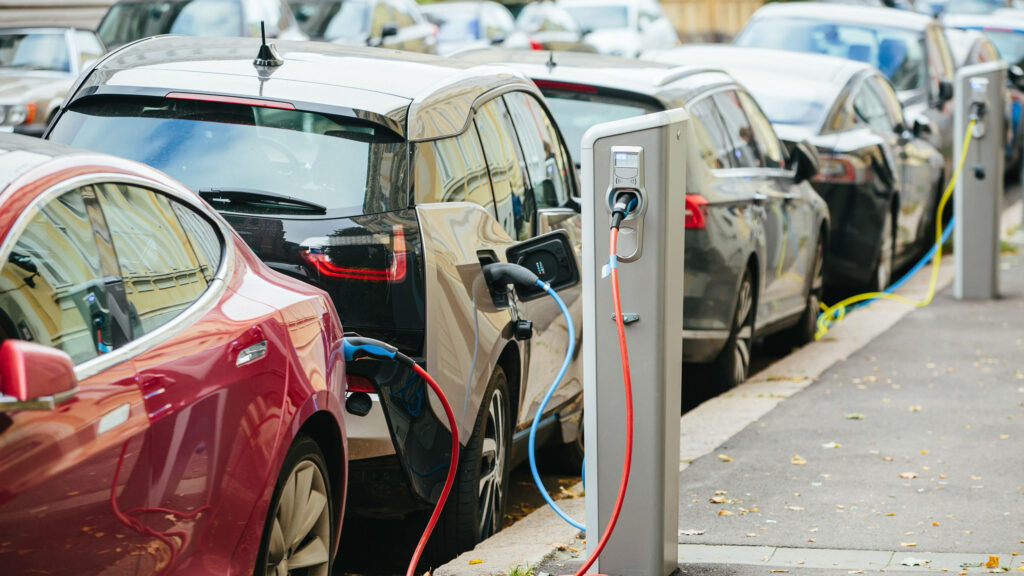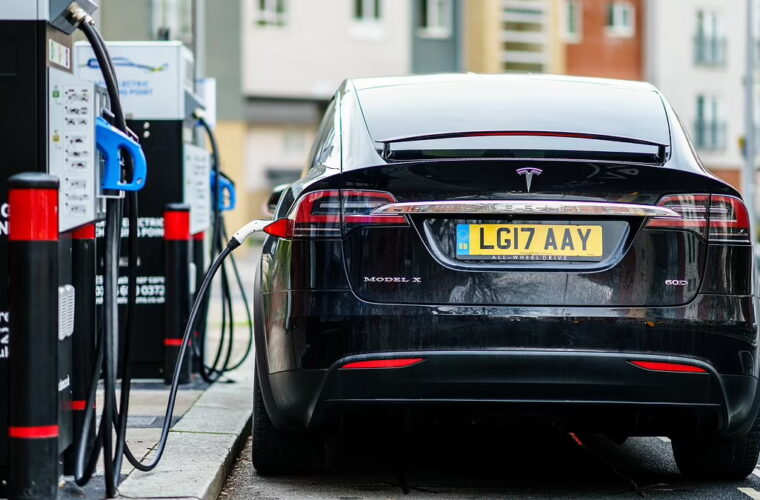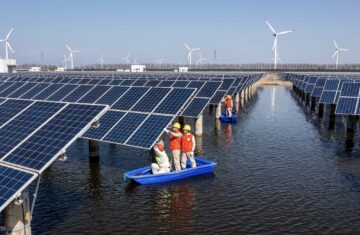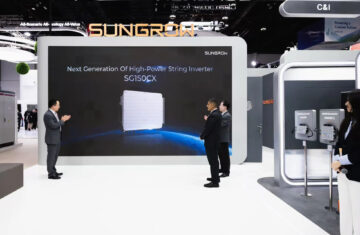President Donald Trump’s recent tariff measures are causing significant disruption across the global economy, particularly within the auto sector, where ambitious plans for electrification in the United States are now at risk. As consumers navigate the evolving landscape of electric vehicles (EVs), understanding the implications of these tariffs is crucial.
As of 2024, electric vehicles accounted for approximately 8% of new car sales in the U.S., according to Motorintelligence.com. This increase can largely be attributed to expanded tax credits for EV purchases initiated during the Biden administration, which have stimulated consumer interest. Tesla continues to lead the market, holding a 48% share, although its dominance has waned as manufacturers like Ford (7.5%), Chevrolet (5.2%), and Hyundai (4.7%) introduce a broader range of electric models at competitive prices, as reported by Kelley Blue Book.
Despite the growing market, EVs remain more expensive than their gasoline counterparts. The average price for new gas vehicles was $48,039 last month, compared to $55,273 for EVs. Vanessa Miller, a litigation partner at Foley & Lardner, noted that tariffs exacerbate the already volatile costs associated with the transition to electric vehicles.
The Biden administration’s tax credits require automakers to source an increasing percentage of their EV components from the U.S. or allied countries to qualify for incentives. This has prompted significant investment in domestic supply chains. While companies like Tesla, which sources a large portion of its components domestically, may be less affected, the broader industry faces challenges.
Tariffs are likely to keep costs high for automakers and consumers alike, particularly for parts still imported from China. Critical minerals used in battery manufacturing, where the U.S. relies heavily on foreign sources, remain a significant concern. Automakers are already scaling back their electrification ambitions amid dwindling federal support, making it difficult to sustain profitable production of EVs.
Higher production costs due to tariffs may drive consumers toward the used car market, but options there are limited. If consumer demand declines, automakers will need to reassess their investments, prioritizing production of more profitable vehicles like pickup trucks and SUVs over EVs. Karl Brauer, an executive analyst at iSeeCars.com, cautioned that while manufacturers have invested in EVs, they may reduce production levels to align with current market demands, which could hinder price reductions in the future.

Albert Gore, executive director of the Zero Emission Transportation Association, expressed concern about the impact of tariffs, stating, “Tariffs on longstanding trade partners introduce uncertainty and risk into an industry that is creating jobs and bringing new economic opportunities to communities across the country.”
Trump’s administration has also taken steps to dismantle federal EV policies. He campaigned against the Biden administration’s EV mandate, which encouraged manufacturers to increase electric offerings. The previous target of having 50% of new vehicles sold in the U.S. be electric by 2035 has been abandoned. Additionally, the Environmental Protection Agency and National Highway Traffic Safety Administration’s rules aimed at tightening vehicle emissions and fuel economy standards are now under reevaluation.
The combination of tariffs and shifting federal policies poses a significant threat to the growth of the electric vehicle market in the U.S. As the industry faces increased costs and uncertainty, the future of electrification hinges on strategic collaboration and supportive trade policies that foster innovation and sustainability.



